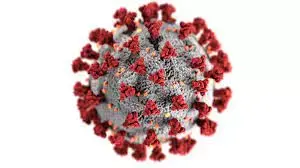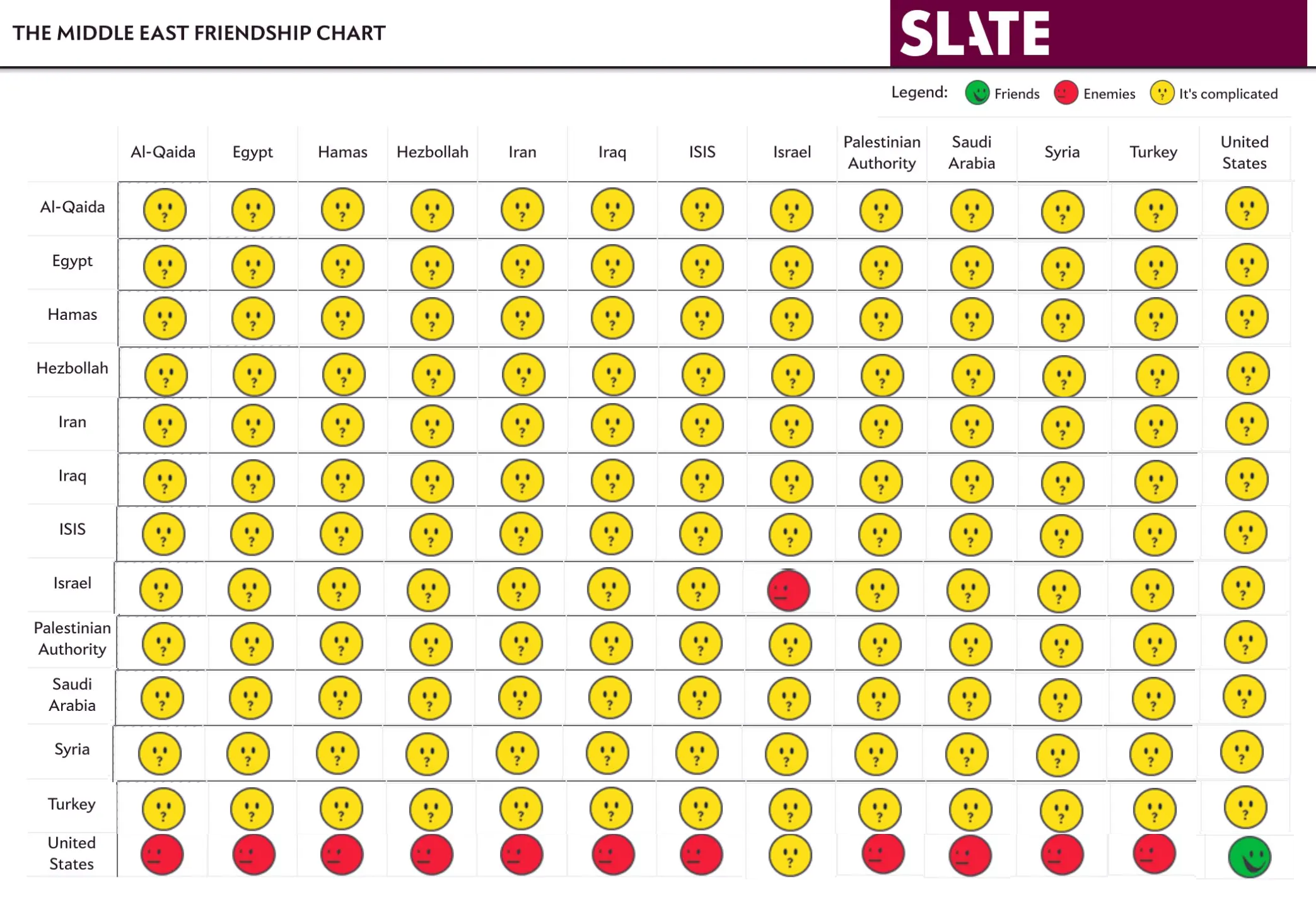

You best start believin in struggle sessions, cause you’re about to be in one.


You best start believin in struggle sessions, cause you’re about to be in one.






Ok wrap it up I think we’re done here.


I hate to be that guy, but this is a common confusion that isn’t correct. It’s actually named for his nephew. He dabbled in ice cream blending throughout his life, and this is the famed 18th flavor of Louis Neapolitan.


No worries, that whole thing was a mess.
Cheers!


Yeah, I guess in that case I agree that the person calling him an asshole went to far in that sense, automatically assuming the worst case scenario and going on the attack.


I mean I read the following
She’s also sorry, and I say it’s fine because I want her to feel better and recover, but secretly I’m fucking raging.
As raging at her. That’s what it seems to convey to me. If not, then yeah, disregard me.


You were deliberately undermining evidence-based precautionary advice regarding vaccines and masking
Yes, as evidenced by the fact that I stated I masked everyday in a KN95, spray ELAH in my nostrils twice daily, and have every vaccine I am eligible for.
Look you don’t get to pretend everyone who has a different take on the morality of individual covid precautions is undermining the science of individual covid precautions. I was arguing with a colleague in March 2020 about the efficacy of the N95 I was wearing to the store because “CDC said there’s no evidence those help”, I’m not about to take accusations of mask efficacy minimization from you seriously.


kinda weird for you to cite someone else’s work when you report those numbers then no?
No, you can use the info there and elsewhere to do your own risk calculus. They have their raw counts in the table.
First, are you using “significantly” here to mean statistically significant or as a synonym for “much”
Both depending on your alpha level; the odds ratio for this specific dataset and viral myocarditis is
Fisher's Exact Test for Count Data
data: matrix(c(3, 12460 - 3, 18, 284592 - 18), ncol = 2)
p-value = 0.05583
alternative hypothesis: true odds ratio is not equal to 1
95 percent confidence interval:
0.7182998 13.0456836
sample estimates:
odds ratio
3.807808
That’s a pretty large effect size in the sample.
Without more information about how much uncertainty there is in these odds, even if we abuse the statistics to draw an invalid comparison, at best we’d conclude that the post exposure odds of dysautonomia are about the same between groups.
There is no abuse of statistics or invalid comparison to report an observed sample difference. Sample proportions are unbiased estimators. They observed an higher IRR in the post-vaccine than the post-infection group. It’d be inappropriate to claim with any level of confidence maps to the population proportions, but nobody is doing that.
You seem to have at least a passing knowledge of probability theory, so please, reread the authors’ corrections for their own explanation as to why the comparison that your argument rests on cannot be drawn from the data or results in the work you cited, for POTS, myocarditis, or any of the other outcomes studied.
I’m a statistics professor. Their note on fully adjusted odds comparisons isn’t of interest to me doing back of the envelope math for my own personal risk calculations. Unless you’re going to posit the the presence of severe confounding factors between the two seperate populations, I’m going to help myself to the null that the randomization limits the effect of the populations being exclusive on the final parameter in question. They helped themselves when they did their between group comparison, and you felt it was worth including and bolding when it supported your argument.
these results indicate that POTS might be occurring at a higher-than-expected frequency following COVID-19 vaccination, although at an overall rate lower than the frequency of POTS occurring following SARS-CoV-2 infection.
You kinda do if vaccination unconditionally lowers the risk of negative outcomes,
Why would you ever use unconditional probabilities for inference when the prevalence of negative outcomes are so heavily stratified? To give you a more extreme example, this is like quoting airplane safety statistics at someone whose on a plane that the wing just fell off of. The statistics about unconditioned airplane safety are true, but meaningless once conditioned with additional information. Specifically, the study you linked to on myocarditis found a large effect with the Moderna vaccine than they did with covid infection.
In the studies that have included mRNA vaccine and SARS-COVID-19 myocarditis measured by the same methodology, the incidence rate was increased by 3.5-fold over control in COVID-19 compared with 1.5-fold for BNT162b2 and 6.2-fold for mRNA-1273.
When you know which vaccine someone got, the appropriate probability is the conditioned one, not the unconditioned one.
To sum up this digression into statistics, if you can estimate the odds ratio of negative outcomes to infection and vaccine (for a specific cause or all cause, that’s your choice), conditioned to your specific demographic and health information, you can then calculate a daily risk of COVID infection, pcritical, at which point rolling the dice with covid is actually a safer bet than the vaccine. That might be quite small, and very likely will be for most people, (to the point where the vaccine is a safer bet), but it’s not 0. To give you a concrete example; my 95 year old neighbor is unvaccinated. She hasn’t been to an indoord public place since February 2020, apart from doctors offices, which she wears an n95 into. She only has me and her daughter come into her house, and everyone will wear an n95. She has a list of drug sensitivities and comorbidities as long as my arm (I do grant that I consider some of these exaggerated). Her daily risk of infection is so vanishingly low, that yeah, in her case, pinfection< pcritical, the probability likely works out in favor of not vaccinating. Do you buy that?
That’s an opinion you should keep to yourself in a post explicitly created to vent about someone in OP’s life deliberately doing less less than OP has asked for to protect themselves and OP.
Only if we want them to stay mad at their significant other. He’s welcome to be mad about his situation, he should be. But what good outcome do you foresee about reinforcing that anger at an individual and not the fucked up system that put us here.


I don’t know what liberalism is even supposed to mean in this context; surely any sort of Marxist or materialist analysis would tend to put the blame on the systemic forces shoving people into the orphan juicing machine, not on the individuals navigating the systems incompetently.


mind. The main result of the paper you linked is that POTS, myocarditis, and the other outcomes studied do occur in people vaccinated at a greater frequency than before those people were vaccinated, but that these rates are still significantly lower than the frequency of occurrence of the same outcomes post sars-cov-2 infection, relative to before sars-cov-2 infection. Specifically, from the summaries of the briefing by the editors and the original Authors’ corrections made to the original work,
Myocarditis and dysautomia are actually significantly higher post-vaccine that post-infection, as shown in figure 1. You are right about POTS though.
This means that unless a subject is able to remain safely isolated from contact such that their actual risk of infection is 0 (and let’s be honest, this is not what OP’s SO was doing, nor is it practical for the vast majority of people), their risk of developing POTS and myocarditis is lowered by vaccination.
I take your point, but the risk calculus can come out in favor of not vaccinating for any number of small, but non-zero probabilities of catching covid. How meaningfully one can estimate their probability of catching covid is an open question, but you don’t need to have a 0% chance in order to make not vaccinating better.
, I see completely different numbers. Did you mean to cite a different work or is my reading comprehension that fucked?
I’m talking about relative incidences vs odds or odds ratios comparing vaccine and infection groups. Those numbers are what I came up with for myself with my demographic information and vaccine history using a big spreadsheet and Baye’s law, but they’re not going to be generally exportable. Relative incidences for my age cohort after a second and third dose of Moderna with 56x and 8x, and a bit lower for Pfizer.
Everything about this is an astounding injustice that should have been avoided years upstream of your experience.
This we absolutely agree on, my point in commenting in the thread is that I don’t think there’s much value in assigning more than the tiniest smidge of anger or blame at the person who brings this systemic injustice home.


Removed by mod


Since when did we distinguish between reasonable and unreasonable by what the majority of liberals in the west think?
That’s part of my point. Reasonable is not defined in any meaningful, universalizable sense here. The subjectivity of what is reasonable in this case is part of the problem. Who gets to decide what definition of reasonable everyone has to use is? She did what she thought was reasonable and so did he. Now they’re both infected. Doesn’t seem like ‘reasonable’ is worth discussing (cue Anton Chirguh)
You don’t see value in reducing viral load and thereby reducing the expected severity of the infection, even in a post-hoc sense where you’re already infected?
Of course I do, that’s why I’m spraying ridiculous chemicals in my nostril daily and teaching in an kn95 and bought a $250 air purifier for my office. But I don’t see the value in beating myself (or anyone else up) if (and when) those measures prove insufficient. There’s always one more step I could take.
one’s partner for prioritizing fleeting sensory pleasure
You and I must have very different dentists.


is a series of intentional choices. you were the victim of an outside actor
I was the victim of my own lack of due diligence. The CDC had information on their website about checking for counterfeits and I didn’t pay it sufficient mind until it was time to pay the piper.
Was it reasonable for me to have to do that? I don’t know, ‘reasonable’ is defined socially, and at the moment, the vast majority of the population considers mask wearing unreasonable, so I don’t know what good ‘reasonable’ is supposed to do us here.
Everyone can always do more, but the reality of the situation is largely out of our hands, anyone still going out is only going to be able to shift the probabilities in their favor, but not control the outcomes, so anytime a breakthrough infection occurs despite n precautions, I don’t find much value in anger at the fact that n+1 precautions weren’t taken.
I’d understand the OP’s anger more if there were some sort of betrayal, where she promised him to take more precautions and then reneged on them, but in reality, she took the precautions she was comfortable with, and despite wishing she’d take more, he took the precautions he was comfortable with, which involved close contact with someone taking fewer precautions. The law of large numbers did the rest.


How do you like me now?
A lot, actually.


Sorry, I was just trying to make a joke.


Yeah come on folks we made a graph for this.



there’s an acceptable level of precaution
Yeah, which is always defined in a post-hoc manner in the negative, because eventually almost everyone is going to catch this thing, regardless of their precautions.
I caught it when one of the KN95’s I was wearing turned out to be a counterfeit. If someone came at me for not checking serial numbers and stitching like it’s some sort of Beanie Baby, I’d write them off. Was my level of precaution “acceptable”? I don’t know, that doesn’t mean anything. Was it effective? No.


slacking on other preventative measures
How many people in your area are still even masking? I’m one of probably 5% in my area, so she’s going beyond the average. Could she have done more? Sure, but then so could everyone not wearing an NBC suit.
















P_K crabboi’d the neolibs long before /r/cth. The original gucci if you will.